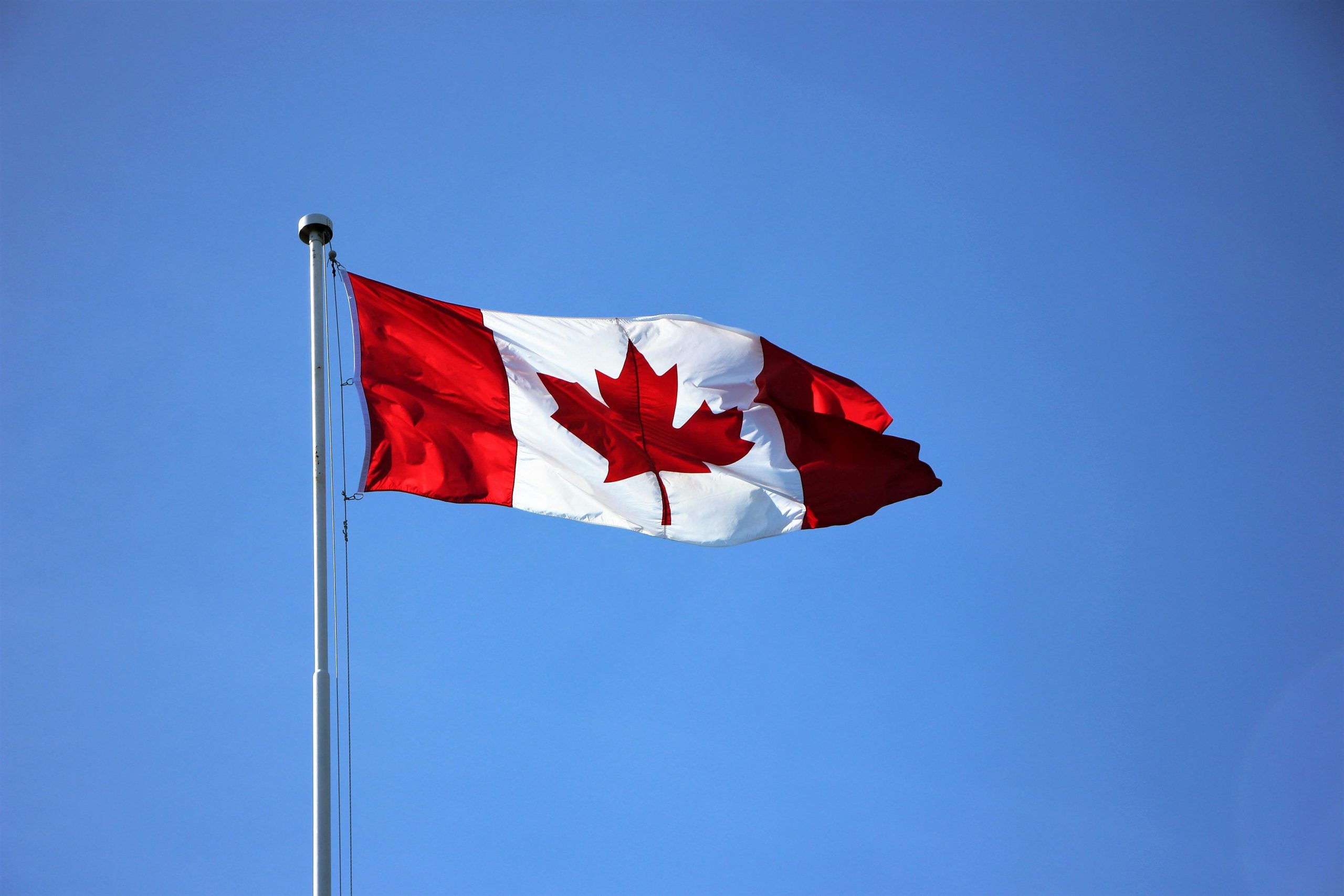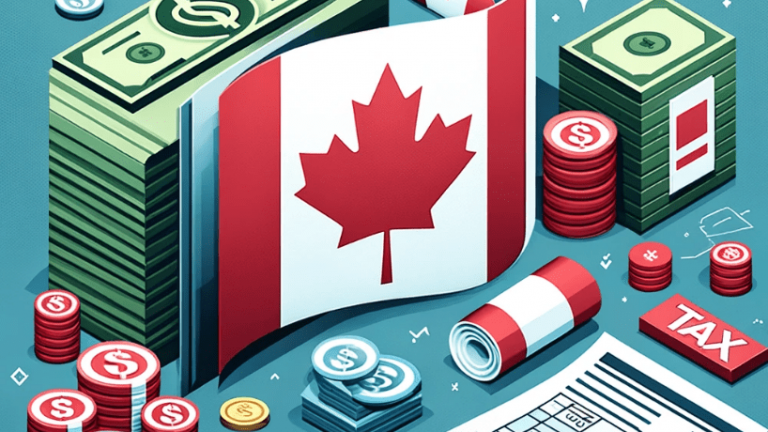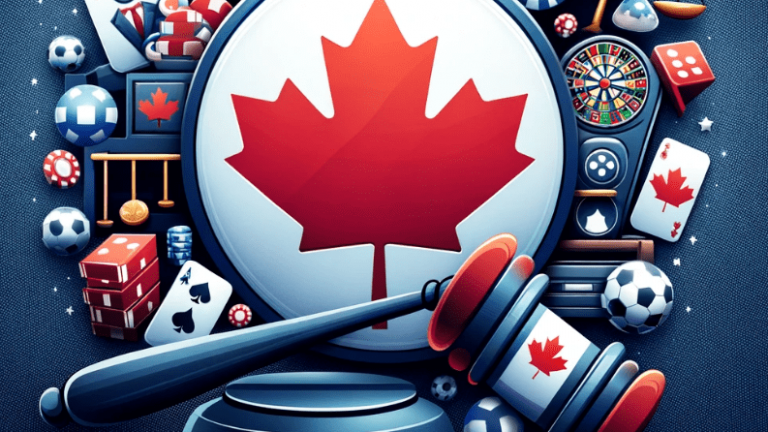
Gambling in Canada today offers a wide array of options, from casinos to online betting and lotteries. But to understand why it’s like this, we need to look back at how it all started. Exploring the history of gambling in Canada helps us see why it’s such a big deal here, how rules have changed over time, and what it means for Canadian society. From the games played by Indigenous peoples long ago to the rise of modern casinos and lotteries, Canada’s gambling story is full of twists and turns. In this article, we’ll take a trip back in time to uncover the fascinating journey of gambling in Canada, from its beginnings to where it stands today.
Early Indigenous Gambling in Canada
Way back, before new folks came to Canada, Indigenous groups had their own special games. Some played with dice made from bones or sticks, while others focused on games that needed skill, like the hand game. These games were more than just fun—they helped bring communities together and sort out disagreements. Each tribe had its own unique games, adding to the rich tapestry of Indigenous cultures across Canada.
For Indigenous people, these games were not just for passing the time; they were deeply connected to their culture and spirituality. Some games were part of important ceremonies or linked to seasons, making them not just games but a way to keep traditions alive. The results of these games were seen as messages from the spirits, guiding the community. So, gambling wasn’t just about winning or losing; it was about keeping stories alive, connecting with traditions, and holding communities together in a special way.
Traditional Indigenous Gambling Games
Indigenous tribes in Canada have a rich history of traditional gambling games, reflecting cultural significance and skills passed down through generations. Here are some notable examples:
Handgame/Stick Game
- Teams hide bones or sticks, guessing the opposing team’s total.
- A blend of skill, strategy, and chance.
- Widely played by various Indigenous tribes in Canada.
Hoop and Arrow
- Involves shooting an arrow through a moving hoop.
- Showcases archery skills and precision.
- Combines elements of skill and chance, integral to Indigenous gaming traditions.
Feather Games
- Ceremonial and gambling activities.
- Involves tossing feathers or objects to determine outcomes.
- Often played during traditional ceremonies or gatherings, holding cultural significance.
Indian Relay/Horse Racing
- Popular traditional gambling activity among Indigenous tribes.
- Combines speed, skill, and excitement in competitive horse races.
- Reflects the vibrant cultural heritage of Indigenous horse racing traditions in Canada.
Colonial Era
When new folks from Europe came to Canada a long time ago, they brought their own games, like cards and dice. These mixed with the games Indigenous people played, making the gambling scene in Canada more diverse.
At first, some leaders thought gambling could help make money for important things. But soon, they got worried about the problems it might cause in communities. So, rules and restrictions started popping up to control gambling and find a balance between having fun and keeping things in order. That’s how the story of gambling and rules in Canada began during the colonial times.
As more and more people started living in Canada, gambling became a big thing in towns. People played different games – some just for fun bets, others in more organized settings. Places like inns and taverns were like hangout spots where folks came together for some gambling excitement. This was the start of how gambling became a lively part of early Canadian communities.
Early Regulation
As the population grew, there were concerns about the negative effects of gambling, so efforts were made to regulate it. Initially, each province in Canada had its own rules for overseeing gambling. In the late 19th century, some provinces restricted or banned certain types of gambling, like British Columbia and Ontario.
Prohibition Period
In the early 20th century, there was a time called Prohibition when alcohol was banned in parts of North America, including Canada. This unintentionally led to an increase in illegal gambling as legal drinking places closed down.
Gambling in Mid-Late 20th Century
After Prohibition ended, provinces rethought their gambling laws. In the mid-20th century, some provinces introduced legal lotteries and charitable gaming to make money for public projects. This signaled a more accepting attitude toward certain types of gambling.
In the 1960s and 1970s, some provinces like Quebec and Manitoba allowed casinos. This continued in the 1980s as governments saw the economic benefits of regulated gambling. Technology, like video lottery terminals and online gambling, changed the scene, and regulations needed updating.
By the late 20th century, regulating gambling became a collaboration between the federal and provincial governments. The federal government controlled some aspects, but provinces had more say in the types of gambling allowed. The evolving gambling laws in Canada show an ongoing balance between public interests, economic considerations, and social responsibility.
The Rise of Casinos and Lotteries
Casinos became a thing in Canada to meet the demand for organized gambling spaces. In the latter part of the 20th century, provinces started giving licenses and setting up casinos that offered various games. These casinos created a controlled and regulated space for people to enjoy games of chance, boosting the entertainment and tourism industries.
In the 1990s, Canada started getting its first official casinos.
The Casino du Lac-Leamy in Gatineau, Quebec, is thought to be the first official casino in Canada. It opened up in 1996.
Other casinos that emerged at this time were:
- Casino Windsor (now Caesars Windsor) (1994): This one is in Windsor, Ontario, and opened in 1994.
- Casino Nova Scotia (1995): In Halifax, Nova Scotia, this casino began offering games in 1995 for people living there and visitors.
- Casino Rama (1996): Found in Orillia, Ontario, Casino Rama opened in 1996 and quickly became a popular place for gaming and fun.
Lotteries Boom as a Popular Gambling Choice
Lotteries became a big deal in Canada, becoming a widely accepted form of gambling. People loved buying lottery tickets for the chance to win big prizes. As time went on, lotteries expanded their offerings, adding different games, draw formats, and prize structures. Lotteries gained popularity not just in local communities but also became a preferred gambling activity on a larger scale.
Throughout the years, various provinces introduced their own lotteries. Here are some notable examples:
- Quebec 1969: Quebec launched its first modern government-run lottery in 1969, known as Loto-Québec. There was Mini, a 50-cent weekly lottery, Monthly Lottery, a $2 monthly one, and Super, a $4 quarterly lottery.
- Ontario 1975: Ontario initiated its provincial lottery, the Ontario Lottery and Gaming Corporation (OLG), in 1975.
- Western Canada 1974: The Western Canada Lottery Foundation was established in 1974 by Alberta, Saskatchewan, and Manitoba to jointly operate lottery activities in the western provinces.
- Atlantic Lottery Corporation (ALC) 1976: The Atlantic Lottery Corporation, formed in 1976 by the Atlantic provinces (New Brunswick, Newfoundland and Labrador, Nova Scotia, and Prince Edward Island), introduced lotteries to the region.
Online Gambling (1990s-Now)
In the mid-1990s, online gambling emerged in Canada with the widespread availability of the internet. This digital evolution included online casinos, poker rooms, and sports betting platforms. Here’s a concise breakdown:
- Mid-1990s: The first online casinos appeared, offering Canadians a convenient way to play traditional games like slots and table games from home.
In 1995, InterCasino, a pioneering online casino, was launched, becoming one of the earliest platforms accessible to Canadians globally.
- Late 1990s: Online poker platforms grew in popularity, contributing to the expansion of online gambling options. Some early platforms included Planet Poker (1998), Paradise Poker (1999), and PartyPoker (2001). These sites played a key role in introducing and popularizing real-money online poker games.
- Late 1990s: Online sports betting platforms gained traction, allowing users to place bets on various sports events. Early betting websites accessible to Canadians included Intertops (1996), Sportingbet (1998), and Bet365 (2000)
- Early 2000s: Some provinces explored online gambling for revenue and regulation.
The first government-operated online casino in British Columbia was PlayNow.com, launched in 2004.
- 2000s: Private online casinos and sportsbooks outside Canada flourished, providing diverse betting options.
- Today, Canada’s online gambling scene is diverse, with each province having its regulatory approach, and players can access various platforms—both government-run and private—offering online casinos, poker, and sports betting.
Indigenous Gaming Rights
Recently, people have started to acknowledge and respect the gaming rights of Indigenous communities in Canada. This recognition is part of a larger effort to make amends and let Indigenous communities make their own decisions. Laws and policies have been put in place to support these rights, recognizing the importance of Indigenous culture and self-governance.
Because of this, we’re seeing more Indigenous communities owning and running their own casinos in Canada. This is helping them become more economically independent and self-sufficient. These casinos often celebrate Indigenous culture, making the gaming industry more diverse and inclusive.
Some of them are:
- Mohawk Council of Kahnawake (Kahnawake, Quebec):
- The Mohawk Territory of Kahnawake runs different gaming places like the Playground Poker Club and the Casino de Montréal. The money they make from these places goes into projects that help the community.
- Peguis First Nation (Peguis, Manitoba):
- Peguis Gaming Authority is in charge of the South Beach Casino & Resort. This casino provides jobs and helps the Peguis First Nation make money.
- Tsuu T’ina Nation (Treaty 7, Alberta):
- The Tsuut’ina Gaming Corporation runs the Grey Eagle Resort & Casino. This casino helps the Tsuu T’ina Nation make money and improve their economy.
- Saskatchewan Indian Gaming Authority (SIGA):
- SIGA is owned by different First Nations in Saskatchewan. They manage multiple casinos like Dakota Dunes Casino and Bear Claw Casino. The money they make goes back to the communities.
- Musqueam Indian Band (Vancouver, British Columbia):
- The Musqueam Capital Corporation takes care of the Parq Vancouver, which has a casino. This helps create economic opportunities for the Musqueam community.
Conclusion
In a nutshell, we’ve explored how gambling in Canada has changed over time, from the early days to today’s licensed online casinos and lotteries, facing challenges like Prohibition and recognizing Indigenous gaming rights. In the coming years, gambling in Canada will likely see many more people playing online, with regulations possibly becoming more consistent across provinces. Technology will keep improving, especially for mobile gaming. There will also be a stronger focus on making sure people gamble responsibly and on fully legal and licensed casino sites with strong security measures and top-notch gaming software.




